
Lima, founded in 1535 as the Ciudad de los Reyes, is the capital and largest city of Peru. It is located in the valleys of the Chillón, Rímac and Lurín Rivers, in the desert zone of the central coastal part of the country, overlooking the Pacific Ocean. The city is considered the political, cultural, financial and commercial center of Peru. Due to its geostrategic importance, the Globalization and World Cities Research Network has categorized it as a "beta" tier city. Jurisdictionally, the metropolis extends mainly within the province of Lima and in a smaller portion, to the west, within the Constitutional Province of Callao, where the seaport and the Jorge Chávez Airport are located. Both provinces have regional autonomy since 2002.

The National University of San Marcos is a public research university located in Lima, the capital of Peru. In the Americas, it is the first officially established and the oldest continuously operating university.
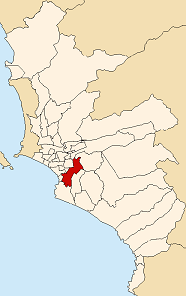
Santiago de Surco, commonly known simply as Surco, is a district of Lima, Peru. It is bordered on the north with the district of Ate Vitarte and La Molina; on the east with San Juan de Miraflores, on the west with San Borja, Surquillo, Miraflores and Barranco, and on the south with Chorrillos.

Pontifical Catholic University of Peru is a private university in Lima, Peru. It was founded in 1917 with the support and approval of the Catholic church, being the oldest private institution of higher learning in the country.

Surquillo is a district located in Lima, Peru. The district is bordered by the districts of San Isidro and San Borja on the north; by Miraflores on the south and west; and by Santiago de Surco on the east.

The University of Lima is a private nonprofit university in Lima, Peru.
The Peruvian Rugby Federation organizes rugby union in Peru, and is a member of World Rugby and Sudamérica Rugby.

Rugby union in Peru is a minor sport.
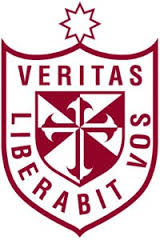
The University of San Martin de Porres (USMP) is a private nonprofit university located in the city of Lima, Peru. It was founded by the Dominican Order of the Catholic Church in 1962.
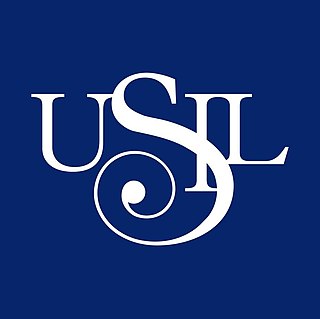
St. Ignatius of Loyola University (USIL) is a private institution for higher education and research in Lima, Peru. It was founded in 1995, as part of the Educational Corporation San Ignacio de Loyola, by Raúl Diez Canseco. The main campus is based in La Molina district. Four decentralized campuses in Pachacamac, Huachipa, Independencia, and Magdalena, provide additional infrastructure for lectures, research, workshops, and sport facilities. Historically, USIL has focused on business, management, and entrepreneurship; however, in recent years, it has expanded significantly in the fields of Education, Engineering and Health Sciences. By 2023, USIL offers 34 undergraduate and 13 postgraduate programmes in 8 faculties.
Alban McCoy OFM Conv is a British Catholic writer and priest.
Laureate Education, Inc. is a company based in Miami, Florida, United States. The firm owns and operates Laureate International Universities, with campuses in Mexico and Peru. The company is publicly traded on the Nasdaq.
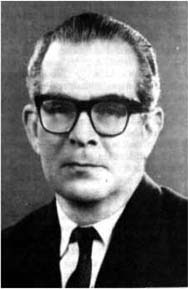
Juan de Dios Guevara Romero was a Peruvian chemist. He received numerous awards, including the Cross of the Order of King Alfonso X from the Spanish government.

Pedro Salvino Zulen Aymar was a Peruvian philosopher and librarian of Chinese descent, who dedicated the most part of his short life to the fight for decentralised politics and the defense of indigenous rights.
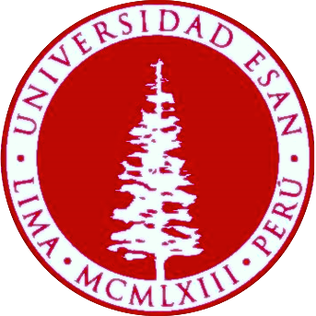
ESAN University or Universidad ESAN in Spanish is a non-profit private university, located in Lima, Peru.













